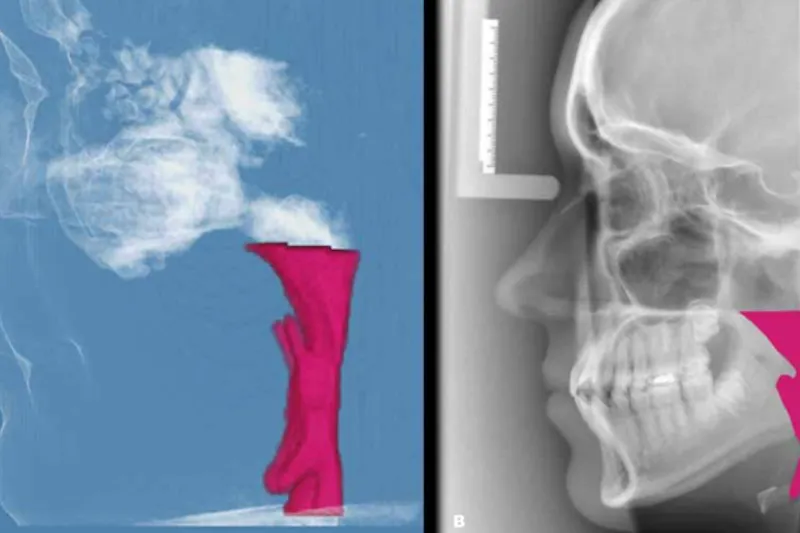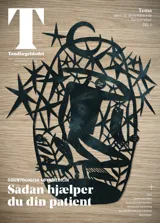Effects of orthodontics on the upper-airway in children
RME is not associated with a significant change in upper airway volume and airway constriction whereas FAs are associated with significant positive changes. There is limited evidence that using FA in children with obstructive sleep apnoea and mandibular retrognathia may eliminate symptoms and prevent the disease continuing into adulthood.

Objective
To evaluate the three-dimensional effects of orthodontic treatment on the airway in children using cone beam computed tomography (CBCT).
Method
A review of the literature was performed using several databases (PubMed, Scopus, Embase, Web of Science).
The electronic search was followed up with manual searches of reference lists to identify any further studies for inclusion.
Results
Eighteen studies were identified which utilized CBCT to assess orthodontic treatment effects on the upper airway in children in three dimensions (eight functional appliance (FA); five rapid maxillary expansion (RME); three class III correctors; two extraction vs non-extraction).
Conclusion
RME is not associated with a significant change in upper airway volume and airway constriction whereas FAs are associated with significant positive changes.
There is limited evidence that using FA in children with obstructive sleep apnoea and mandibular retrognathia may eliminate symptoms and prevent the disease continuing into adulthood.
Treatment of maxillary retrognathia using reverse pull headgear may be associated with positive changes in the upper airway.
Orthodontic extractions are not associated with negative effects on the upper airway in children.
Klinisk relevans:
A narrowing of the upper airway affects the development of both the jaws and dentition in children and is consequently of interest to dentists and orthodontists. Orthodontic appliances designed to elicit skeletal changes in children may potentially cause changes in the upper airway and it is important clinicians are aware of these possible effects.

